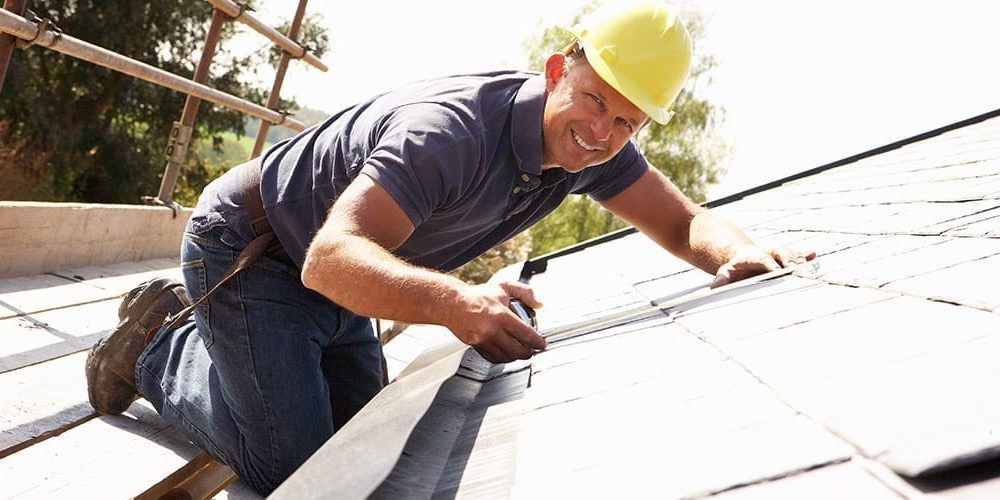Roofing projects, whether for commercial or residential structures, come with inherent risks due to the elevated nature of the work. In the roofing sector, worker safety and reducing possible hazards are paramount. This article will discuss essential safety precautions and guidelines for installing and repairing residential and commercial roofing.
Prioritize Training and Certification
A well-trained and certified workforce is the first line of defense against accidents. Roofing professionals should undergo comprehensive safety training programs covering fall protection, proper equipment usage, and emergency response procedures. Certification ensures that workers have the skills and knowledge to handle the challenges in residential and commercial roofing projects effectively.
Fall Protection Systems
Falls are a significant concern in roofing work, making fall protection systems imperative. Personal fall arrest systems with lanyards and harnesses, safety nets, and guardrails should be used to prevent accidents. Regular inspection and maintenance of these systems ensure their effectiveness, providing a reliable safety net for workers.
Weather Considerations
Weather conditions significantly impact the safety of residential roofing projects. Extreme heat, cold, wind, rain, or snow can harm workers and the roof’s structural integrity. Monitoring weather forecasts and implementing safety protocols, such as rescheduling work during adverse conditions, is crucial to maintaining a safe working environment.
Proper Equipment Usage and Maintenance
Using the right tools and equipment is essential for safe roofing installations and repairs. Regular maintenance and equipment inspection, including ladders, scaffolding, and power tools, help identify potential issues before they become safety hazards. To avoid mishaps, workers should receive training on properly operating equipment.This also goes for the equipment that will be used in the construction or repair of the roof. Workers need to be sure they are using bespoke aluminium t section bars and other examples of materials such as the type of wood to ensure that the roof stays structurally sound and stands the test of time. The better the quality of materials used, the less chance you will have of needing frequent repairs to the building.
Roof Inspection and Assessment
Before starting any roofing project, a thorough roof inspection is necessary. Identify potential hazards, weak points, or structural issues that could compromise safety. Additionally, assess the roof’s load-bearing capacity to support the weight of workers, tools, and materials.
Communication Protocols
Maintaining a safe working environment on a roofing project depends on effective communication. Establishing effective communication protocols, including signaling systems and regular safety meetings, ensures everyone knows of potential hazards and emergency procedures. This helps prevent accidents and facilitates a coordinated response in an emergency.
Emergency Response Planning
Even in the case of extreme vigilance, accidents can happen. It is essential to have a clear emergency response plan in place. It includes procedures for handling injuries, accessing emergency services, and evacuating the work area if necessary. Every employee needs to know the emergency response plan and where the first aid supplies and emergency exits are located.
Compliance with Regulations
Staying up-to-date with local, state, and federal safety regulations is non-negotiable in the roofing industry. By following these rules, roofing projects are guaranteed to meet safety requirements, which lowers the possibility of mishaps and legal issues.
Quality Control and Supervision
Regular quality control inspections and supervision of roofing projects contribute to a safer work environment. Supervisors should be trained in safety protocols and actively monitor the work to promptly identify and rectify potential safety issues.
In conclusion, safety should always be the top priority in commercial and residential roofing projects. Implementing comprehensive safety measures, providing ongoing training, and adhering to established protocols are essential for minimizing risks and creating a secure working environment. By prioritizing safety at every stage of a roofing project, from planning to execution, professionals can ensure their team members’ well-being and the project’s success.
